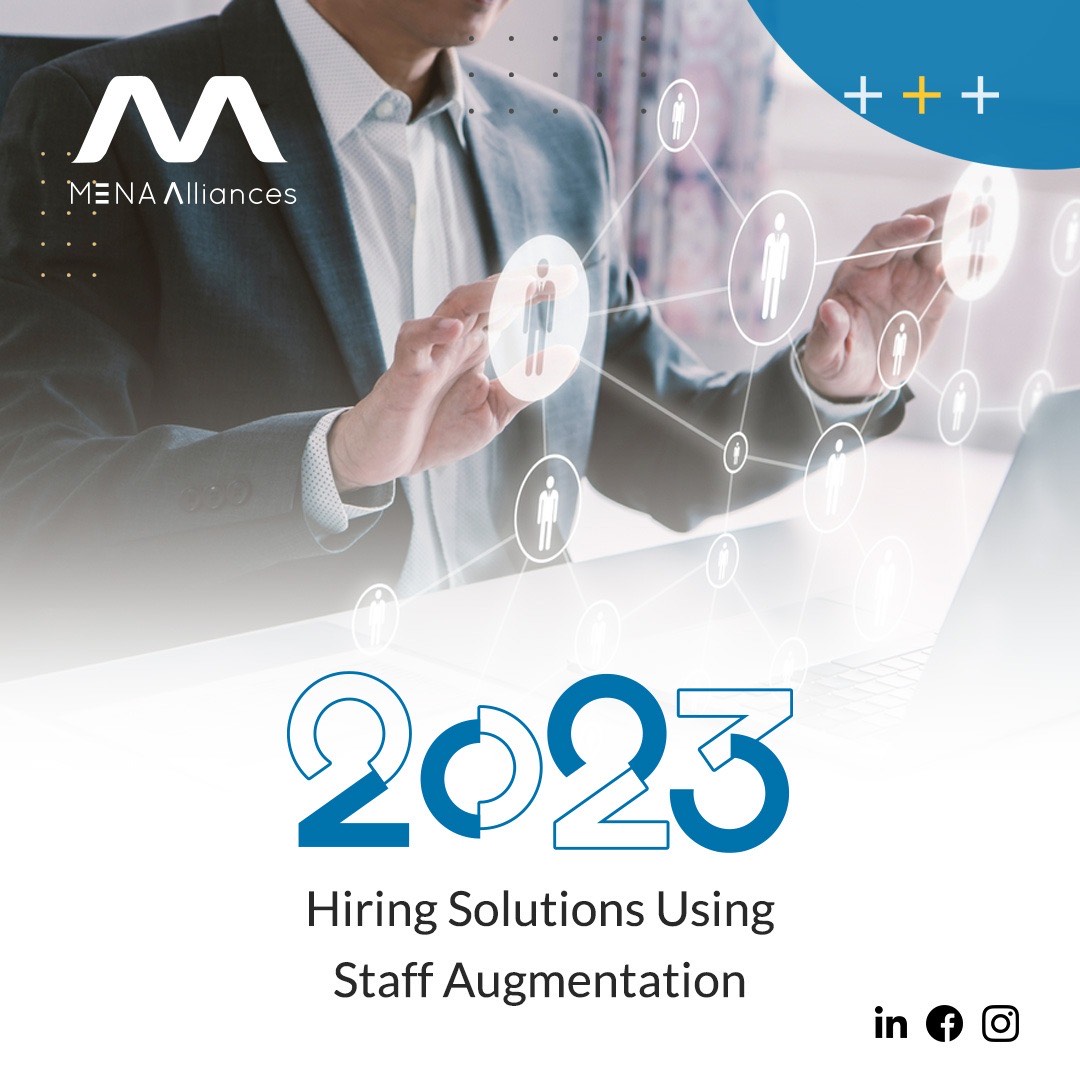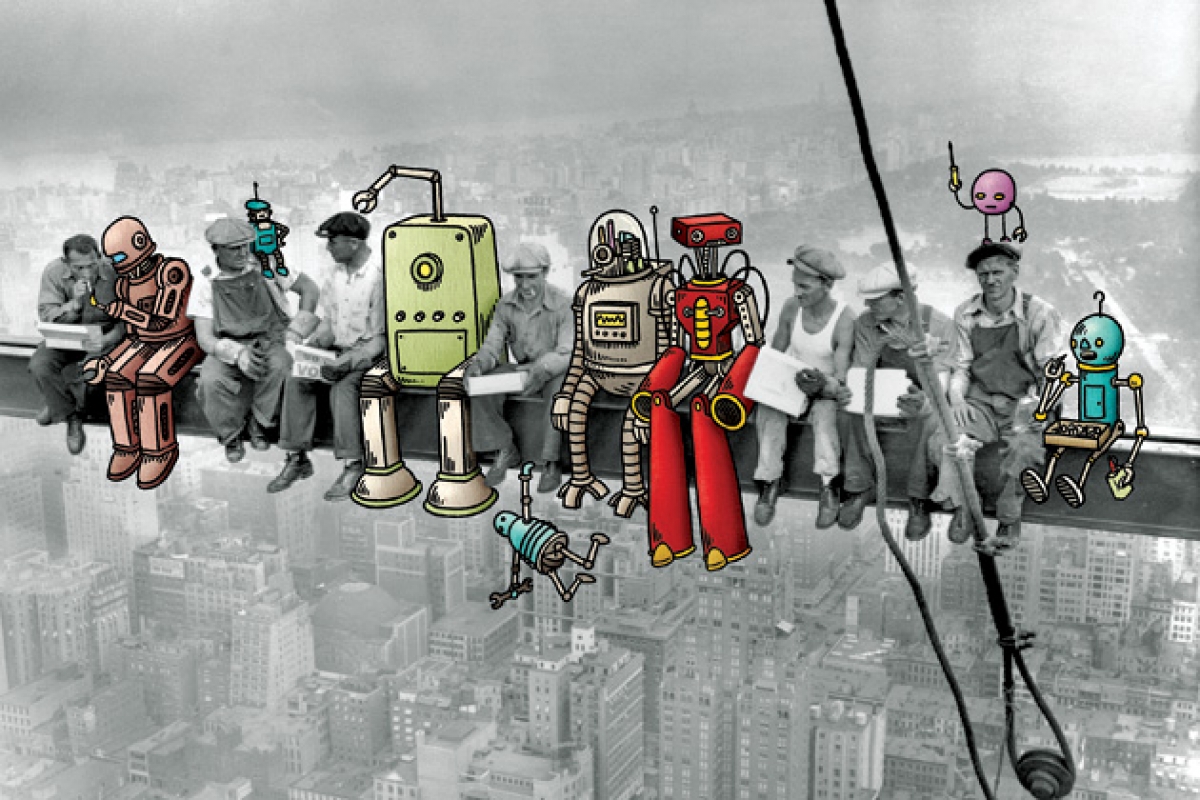Human resource leaders need help finding qualified IT professionals to fill open positions and start exciting new projects. The problem is blamed on the great resignation and other recent social issues, but there are, in fact, fewer workers.
In the US, for example, available workers will fall by 3% due to aging. Svenja Gudell, Chief Economist for Indeed, points to demographic shifts in population and immigration policies as two significant factors expected to impact hiring for years.
Gudell states the supply chain will also impact hiring, product availability, and services. According to Gudell, “Deep-seated and long-term supply dynamics will continue to be a major force that creates a persistent gap between employer demand for new hires and the supply of candidates.”
HR departments are not only challenged by the hiring crisis but face an ongoing need to remain flexible and scale their staff according to the needs of new and ongoing projects. IT staff are in tremendous demand, and managers know actual costs are involved.
Costs When Hiring an In-House Team
There are costs when hiring an in-house team. No matter the project, new ideas come with excitement and expectations. Your excitement for your company’s great new project might impact your in believing that you can hire a brilliant tech team, lure them away from their present jobs, and they will drop everything for your fantastic idea. Consider the following:
- Candidate Sourcing – Where will you find talent? A hiring agency has costs involved, but if you search yourself, your time costs, too.
- Time = Money – Glassdoor’s research shows that the tech industry’s interview process alone can take 24.4 days. You can expect as much as 95 days from initial contact to hire specialty IT talents.
- External vs. Internal Hiring – Choose a recruiting agency or use external hiring, and figure in as much as 25% of your new hire’s salary to pay for their services. You are not saving money by doing it yourself. According to Entrepreneur Magazine, startup founders spend up to 40% of their valuable time doing the hiring and other non-income-generating tasks. How much is your time worth?
- Salary and Benefit Costs – Consider costs. According to Indeed, an average salary for a full-stack developer is $119,177 per year plus cash bonuses, matching 401K, and health insurance. And that doesn’t begin to cover hidden expenses, such as office space, staff IT support, etc.
- Retention Costs – Once hired, you must keep feeding that relationship. According to PeopleKeep, the cost of losing and replacing a tech employee is often as high as their yearly salary. You don’t want to lose a new hire to a competitive job offer – so expect to provide perks like gym memberships, tuition reimbursement, stock, remote working, and paid time off.
Staff Augmentation as a Solution
Staff augmentation is a hiring model that brings qualified staff on board to fulfill a short-term need or a job that may be project-based. Staff augmentation can allow smaller companies and startups to reach the skilled team members they need. This option provides your company quick access to vetted applicants at cost savings, increasing your business’s flexibility and scalability options.
Consider the challenges faced when you need to replace staff quickly due to the permanent or temporary loss of a required team member. As you can see above, the hiring model that includes time-consuming searches or expensive recruitment costs can add to the pain. When you begin a relationship with an augmented staffing solutions provider like MENA Alliances you have an affordable answer to finding your needed skills.
Benefits of Choosing Staff Augmentation
Staff augmentation benefits you by expanding your hiring options. You can purchase the resources your tech worker provides such as their time and talent. Your company retains control over team members allowing you to develop your project on your own terms. Benefits you will experience by choosing the staff augmentation hiring model:
- Manage skill gaps
- Cost savings
- Saving time
- Access to top talent
- Fast team-building
Level the Field for Startups
Entire product development teams can be sourced through staff augmentation. Many startup leaders spend up to 40% of their valuable time doing the hiring and other non-income-generating tasks. When you choose to hire through a staff augmentation solution provider, you can focus your energy.
Good News for Human Resource Managers
There is good news: companies can build solid relationships now with staff augmentation solution providers offeringaccess to areas with a wealth of human capital. Information released by Korn Ferry predicts a labor shortage of approximately 85 million skilled workers by 2030. The report also reflects that if this shortage is not addressed, it could mean $8.5 trillion in untapped annual revenues. You will leave this revenue on the table if you can’t access the staffing you need.
Karin Kimbrough, Chief Economist at LinkedIn, has reported a need to fill 150 million new tech jobs in the next five years. Recent discussions at the World Economic Forum covered rapid tech growth and an expectation that over 50% of current positions will need new skill sets. Finding access to skilled IT staff will be a key factor in your future success.
MENA Alliances Delivers Staff Augmentation Solutions
When you locate and partner with a staff augmentation solution provider, you can identify and hire the staff you need within a few weeks. You will get access to qualified, skilled IT staff and teams while saving on your two most significant cost factors: time and money.
At MENA Alliances, you can talk with our consultants on a complimentary basisto go over your staffing needs. We offer three staffing options to deliver the flexibility and scalability you need, on your terms. Consultations allow you to understand our three staffing models, and there is no fee unless you choose to hire. Ask us for details on our options, including:
- Project-Based Model
- Staff Augmentation Model
- Placement Model
There are considerable cost savings when you fill positions through staff augmentation providers. With over 5000 active resumes and growing, our skilled professionals have completed over 700 projects for top companies and startups.
Build Staffing Solutions with MENA Alliances Today
If you are ready to discover solutions to your technology labor shortage, then IT staff augmentation may be the way to go. Here at MENA Alliances, we are un-compromised in our values and deliver smart, impactful hiring solutions across the globe.
Our solution is simple: we match your needs to skilled professionals that we have taken the time to vet for their education, skills, and work history. Our company can supply entire tech teams that are ready to start with the skills you need on day one. There is no better solution than one that delivers savings and creates hope. Contact MENA Alliances today for a free consultation.
MENA TEAM!
References
Bika, N. (2023, March). What is the Average Time to Hire by Industry? Retrieved from Workable: https://resources.workable.com/stories-and-insights/time-to-hire-industry
Charaba, C. (2023, February 2). Employee retention: The real cost of losing an employee. Retrieved from PeopleKeep: https://www.peoplekeep.com/blog/employee-retention-the-real-cost-of-losing-an-employee
Devarajan, S. (2016, June 30). The paradox of higher education in MENA. Retrieved from The World Bank: https://blogs.worldbank.org/arabvoices/paradox-higher-education-mena
Gudell, S. (2022, May 23). What’s happening in the labor market right now and why does it matter? Retrieved from Indeed: https://indeedhelps.com/episode/whats-happening-in-the-labor-market/
Gudell, S., & Terrasaz, A. (2022, November 11). Indeed and GlassDoor’s Hiring and Workplace Trends Report 2023. Retrieved from GlassDoor: https://www.glassdoor.com/research/app/uploads/sites/2/2022/11/Indeed-Glassdoors-2023-Hiring-Workplace-Trends-Report-Glassdoor-Blog.pdf
Gutner, T. (2011, January 14). Is It Time to Outsource Human Resources? Retrieved from Entrepreneur Magazine: https://www.entrepreneur.com/business-news/is-it-time-to-outsource-human-resources/217866
Kimbrough, K., & Blue, A. (2020, October 23). Your Next Job Move Could Be Easier Than You Think. Retrieved from World Economic Forum: https://www.weforum.org/agenda/2020/10/your-next-job-move-could-be-easier-than-you-think/
Maurer, R. (2023, January 23). Labor Shortages Forecast to Persist for Years. Retrieved from Society for Human Resource Management (SHRM): https://www.shrm.org/resourcesandtools/hr-topics/talent-acquisition/pages/labor-shortages-forecast-to-persist-2023.aspx
MENA Generation 2030. (2019, April). Retrieved from UNICEF: https://www.unicef.org/mena/media/4141/file/MENA-Gen2030.pdf
Samans, R., & Zahidi, S. (2017, May). The Future of Jobs and Skills in the Middle East and North Africa – Executive Briefing. Retrieved from World Economic Forum: https://www3.weforum.org/docs/WEF_EGW_FOJ_MENA.pdf





